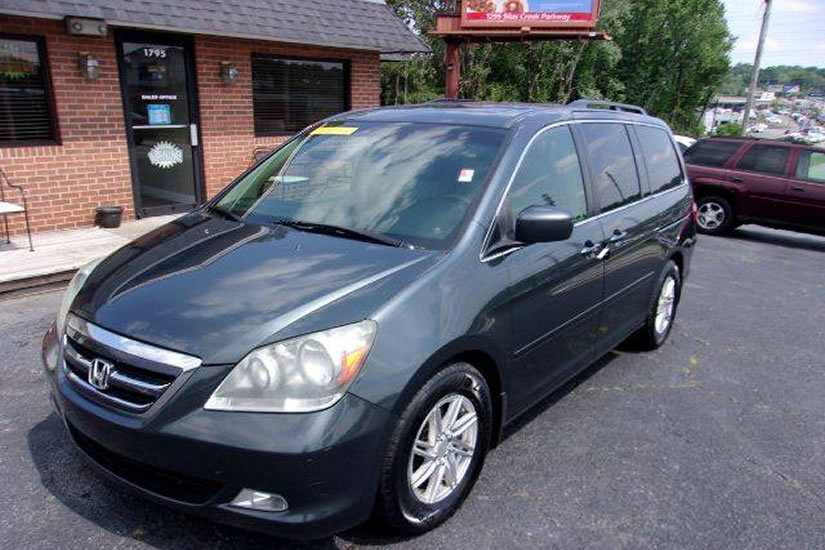"Kick the Tires" is an old phrase that refers to inspecting a vehicle's tires for defects or poor quality. Back in the early 20th century, tires were made of thin rubber, so prospective buyers would kick the tires to see if they would deflate. Although that is not something we do nowadays, it is important to inspect the tires before making a used car purchase. A quick inspection can save you money in the long run and tell you a little more about the vehicle's history. Here's what to look for on the tires.
- Tread depth – If there is not enough tread left, the vehicle's handling could be severely compromised. You may be able to negotiate a lower price if the tires need to be replaced.
- Uneven wear – It's normal for tires to wear over time. What you don't want to see is uneven wear, which could indicate a mechanical problem or poor maintenance. Improper alignment, suspension, or drivetrain problems may suggest that the previous owner didn't rotate the tires or inflate them correctly.
- Size and type – All four tires should be the same size and type, even on a used car. Mismatched tires are a red flag since the vehicle's handling could be jeopardized.
- Age and condition – Look for cracks or bulges in the sidewall and tread. Check the exact age of the tire by looking at the code on its sidewall.
Tires affect a vehicle's handling, safety, and fuel economy. When buying a used car, it's important to take some time to inspect the tires carefully. If the tires need to be replaced, factor that into your total investment. Since it's the only thing attaching your vehicle to the road, it's worth it.




